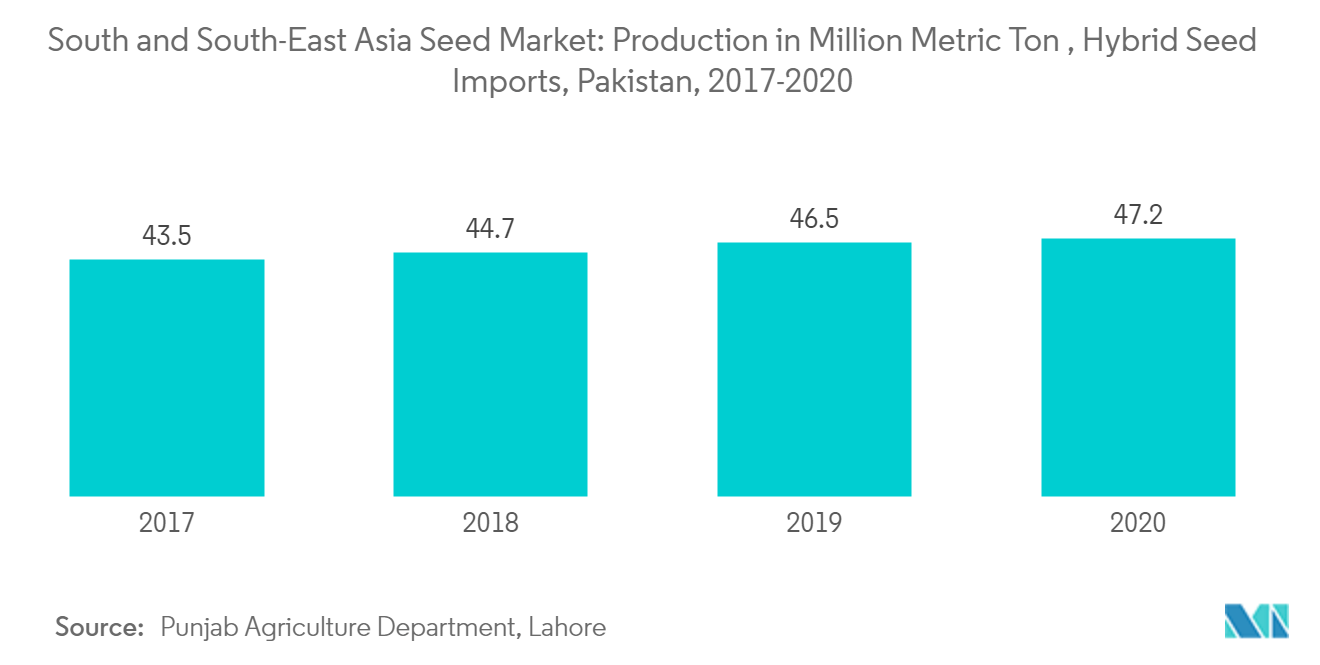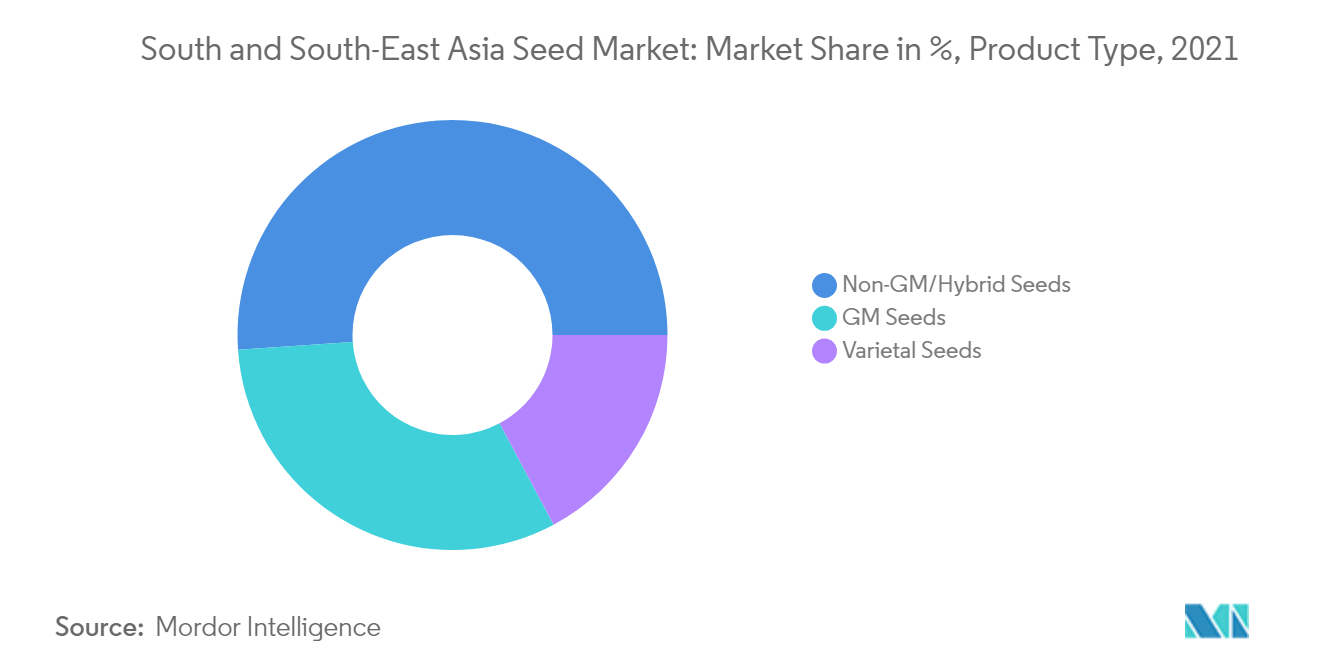Market Trends of South And Southeast Asia Seed Industry
Increasing Adoption of Hybrid Seeds and Government Support
The willingness and interest to grow hybrid crops are, to a large extent, governed by government legislation and policy in many of the countries studied. Pakistan is both a producer and importer of hybrid crops and products. The Pakistani seed sector is dependent on two key regulations, namely, the Seed Amendment Act 2015 and the Plant Breeders Rights Act 2018. In 2016, the Pakistan National Assembly adopted a Plant Breeders' Rights Act to encourage the development of new plant varieties and protect the rights of breeders of such varieties. The Act provides protection for new plant varieties while at the same time respecting the right of farmers to save, use, exchange, and sell farm-saved seeds. This ensures farmers get access to high-quality hybrid seeds alongside using ingeniously produced ones. The rising import of hybrid seeds is a direct impact of these measures. The National Assembly Standing Committee on National Food Security and Research banned the import of genetically modified (GM) seeds of maize owing to health and environmental issues in 2019. This may act as a driver for the use of hybrid seeds as an alternative to these GM seeds for keeping the yield constant.

Non-GM/Hybrid Seeds Segment Dominating the Market
In the South and Southeast Asian regions, the demand for food has increased exponentially over recent years. To meet this demand, crop yield enhancement has become a necessity for governments while maintaining safety standards. The Philippines is home to the International Rice Research Institute and is one of the most prolific users of hybrid rice seeds in the region to meet growing demand. The Green Revolution in India promoted the use of hybrid seeds in the country. The fast-growing population in the country has increased the demand for domestically produced hybrid seeds compatible with the climate conditions. Hybrid rice seeds imported to Pakistan are more expensive than those produced locally. The limited landholdings of farmers reduce their ability to purchase these hybrid seeds. The Agricultural Innovation Program launched by the government is expected to increase the adoption of hybrid maize seeds by farmers. This is expected to further increase the domestic hybrid seed production in the country. The use of hybrid seeds has been increasing over the years in the south and southeast Asian regions, with the increasing global demand for organic products and the need for enhanced crop yields in the region. This continued trend is expected to boost the market for hybrid-non-GMO seeds in the region.


